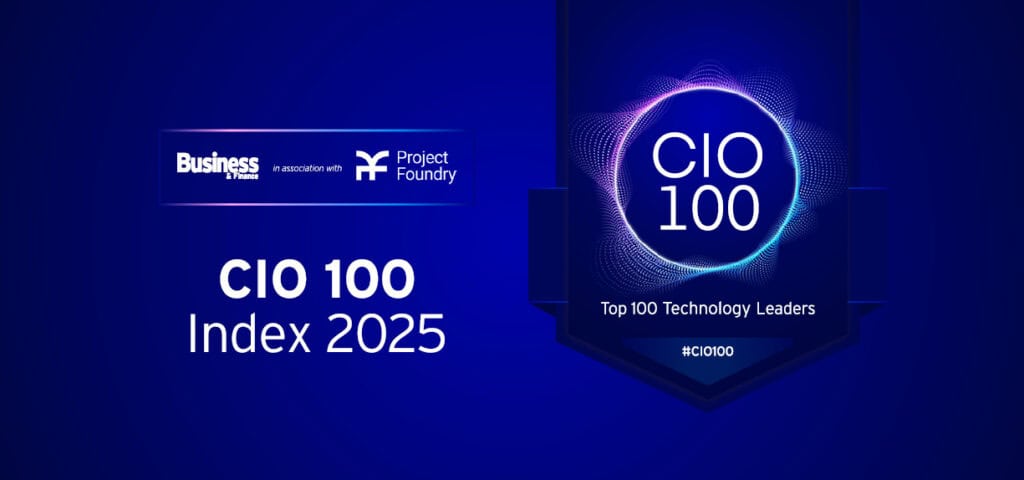With customers increasingly migrating to digital channels, how do you get to know your customer, what to offer them, when, and through which channel, asks John Lyons?
In the old world of customer segmentation, financial services companies generally devised separate strategies for marketing to specific segments, such as: The prospective investor browsing on his tablet from the couch; the millennial buzzing through social media; the café emailer working from his laptop; the telephone caller contacting customer service and the bank branch visitor interested in a new product or service.
So what has changed? Today we know that sometimes those six visits are actually six separate touches from the same customer.
OMNICHANNEL DILEMMAS
With millions of customers interacting with you on multiple channels, how can you possibly keep track of that one person on multiple devices and channels? And how can you optimise your outgoing messages based on what you already know?
The systems and processes in place at many companies cannot deal with these omnichannel dilemmas. Valuable information is lost or not fully exploited.
The solution is a central decision-making capability which co-ordinates all customer interactions. Think of it as a customer decision hub, where all marketing, services and sales activities are coordinated — and all customer data is synchronised.
The low cost and widespread availability of mobile devices makes it easier to explore digital channels, often in parallel with higher expectations. As a result, consumer marketing is becoming far more complex and time dependent
INSPIRING INTERACTIONS
Once you identify your customers and obtain permission to interact with them via multiple channels, you can begin coordinating interactions to improve the customer experience.
The decision hub makes this easier through the use of four integrated components:
- Actions: This is the starting point where marketing implements initiatives and campaigns in a shared, centrally run work environment. In the actions area, marketing, service and sales programmes can share ad hoc actions, regular communications and contact strategies.
- Insights: This component contains past customer data, present contextual information and predictive analytics to inform optimal decisions. Users can explore data to see which of the planned actions are being executed, based on all available customer information.
- Rules: A central repository defines and manages all rules and constraints across all customer interactions, and across all channels. This facility is combined with interaction management in the customer decision hub.
- Decisions: This element enables execution of customer decisions based on an understanding of ever-changing customer behaviour and brings insights in line with the structure of the company delivering agile customer contact responses. This value-based, cross-departmental control maximizes success while delivering a consistent and efficient customer experience.

John Lyons, SAS Ireland
MEETING EXPECTATIONS
The low cost and widespread availability of mobile devices makes it easier to explore digital channels, often in parallel with higher expectations. As a result, consumer marketing is becoming far more complex and time dependent.
Customers are not only changing their behaviours through multiple channels, they are also changing their expectations. Personalisation is expected when data is shared, and you need a central decision hub to help make sure preferences are met.
The decision hub is based on a central data mart that combines all customer brand interactions: basic consumer data plus information about transactions, browsing history and customer-service interactions.
The use of dynamic channel management — together with central administration and orchestration — invariably will lead to higher sales and happier customers.





